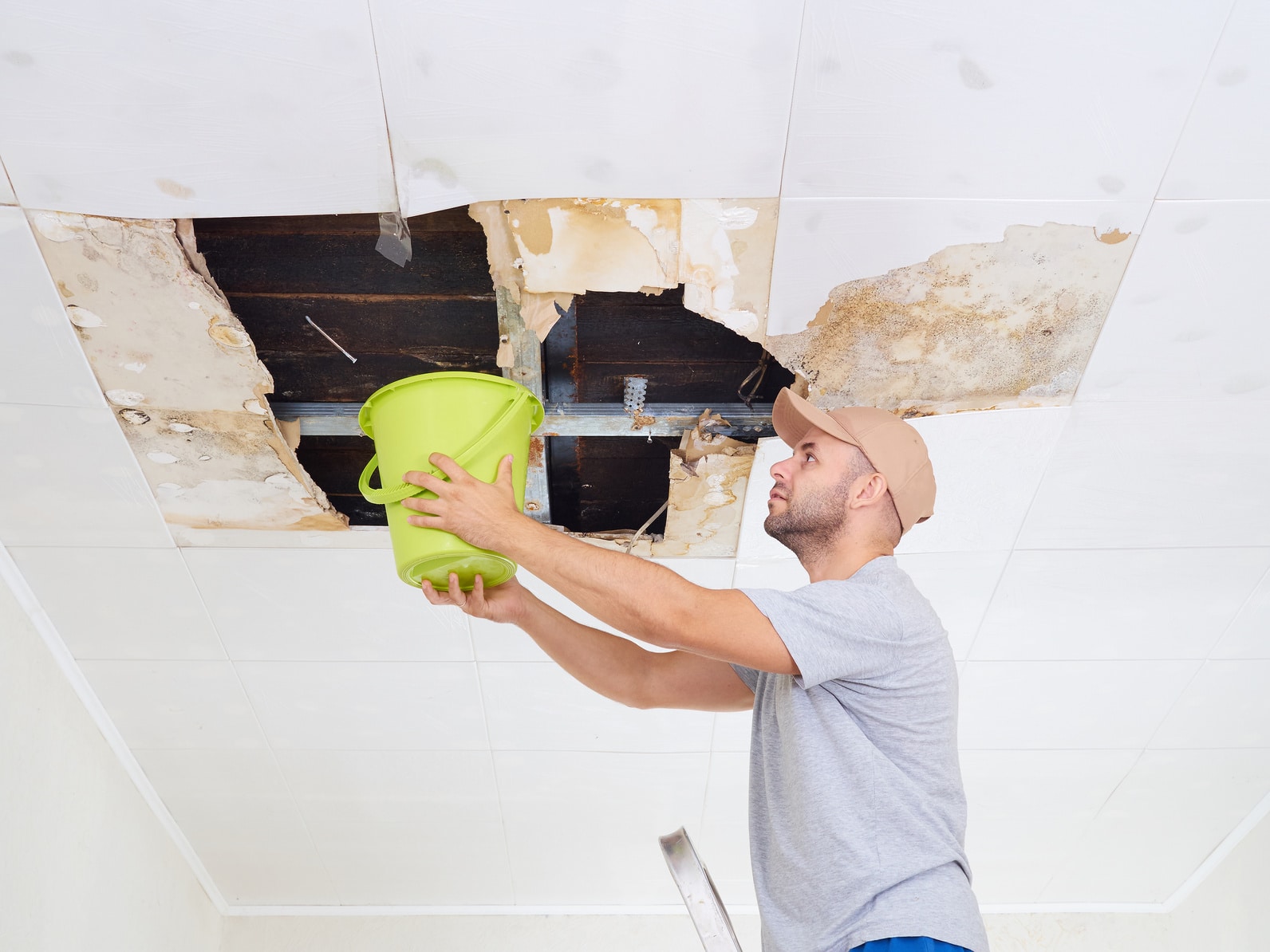Dealing with water damage in your home can be daunting, but with the right approach and swift action, you can minimize the impact and restore your living space to its former glory. Water damage requires immediate attention to prevent further issues by https://flood24seven.com/, whether due to a burst pipe, flooding, or a leaky roof.
Assess the Extent of the Damage
Before you start any restoration process by https://flood24seven.com/, it’s essential to evaluate the extent of the damage. Check the affected areas, including walls, floors, ceilings, and furniture. Note any visible signs of water saturation, mold growth, or structural damage.
Safety First
Safety should be your top priority. Turn off the main power supply to prevent electrical hazards, especially if water has come into contact with electrical outlets or appliances. If necessary, wear protective gear like gloves, masks, and boots to avoid health risks.
Remove Standing Water
If there’s standing water in your home, use a wet/dry vacuum or a pump to remove it as quickly as possible. Standing water can lead to further damage and mold growth if not addressed promptly.
Dry and Dehumidify
Proper drying is crucial to prevent mold and mildew from taking hold. Open windows and doors to improve ventilation. Use dehumidifiers and fans to circulate air and expedite the drying process.

Salvage or Dispose
Decide which items can be salvaged and which need to be disposed of. Porous materials like carpets, insulation, and certain types of furniture may need to be discarded if they can’t be thoroughly dried and cleaned.
Clean and Disinfect
Thoroughly clean and disinfect all affected surfaces. Use appropriate cleaning agents to prevent the growth of bacteria and mold. Remember to clean hidden or hard-to-reach areas.
Address Structural Damage
If the water damage has caused structural issues, such as weakened walls or floors, consult a professional contractor to assess and repair the damage. Structural integrity is crucial for your home’s safety.
Repair and Replace
Replace damaged materials like drywall, insulation, and flooring. Repair or replace any compromised electrical systems. Ensure that your home is back to its pre-damage condition.
Prevent Future Damage
Take steps to prevent future water damage. Regularly inspect your home for leaks, maintain your roof and gutters, and consider installing sump pumps or a water detection system.
Swiftly restoring your home after water damage requires a systematic approach and quick action. By assessing the damage, prioritizing safety, removing water, drying and disinfecting, and addressing both visible and structural damage, you can effectively bring your home back to normal.





